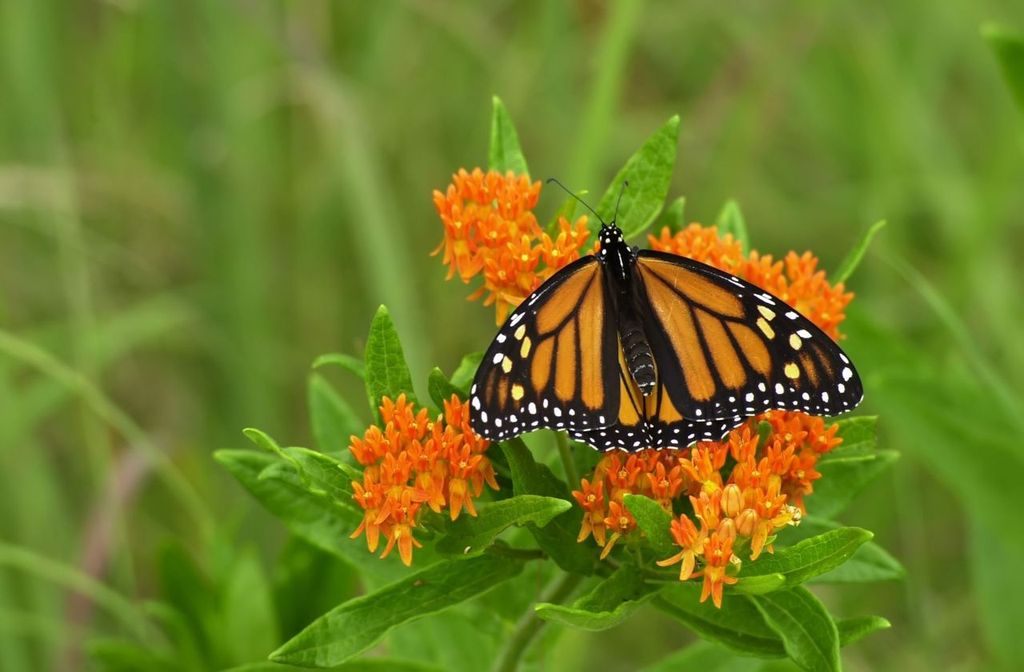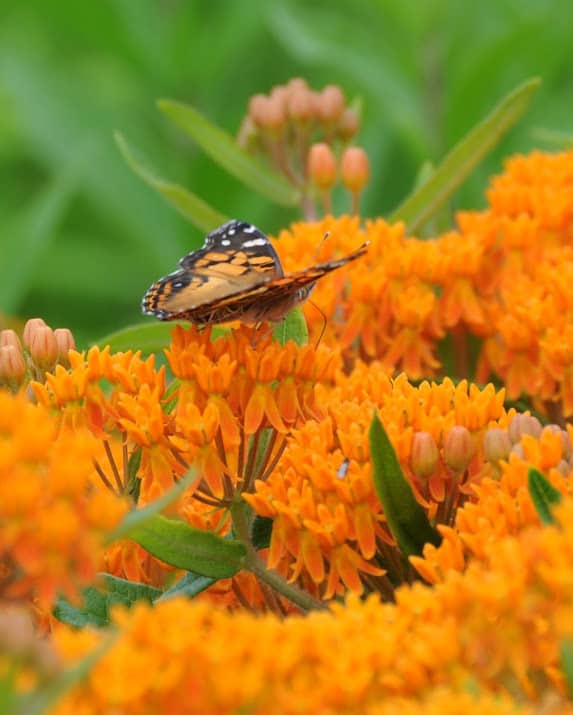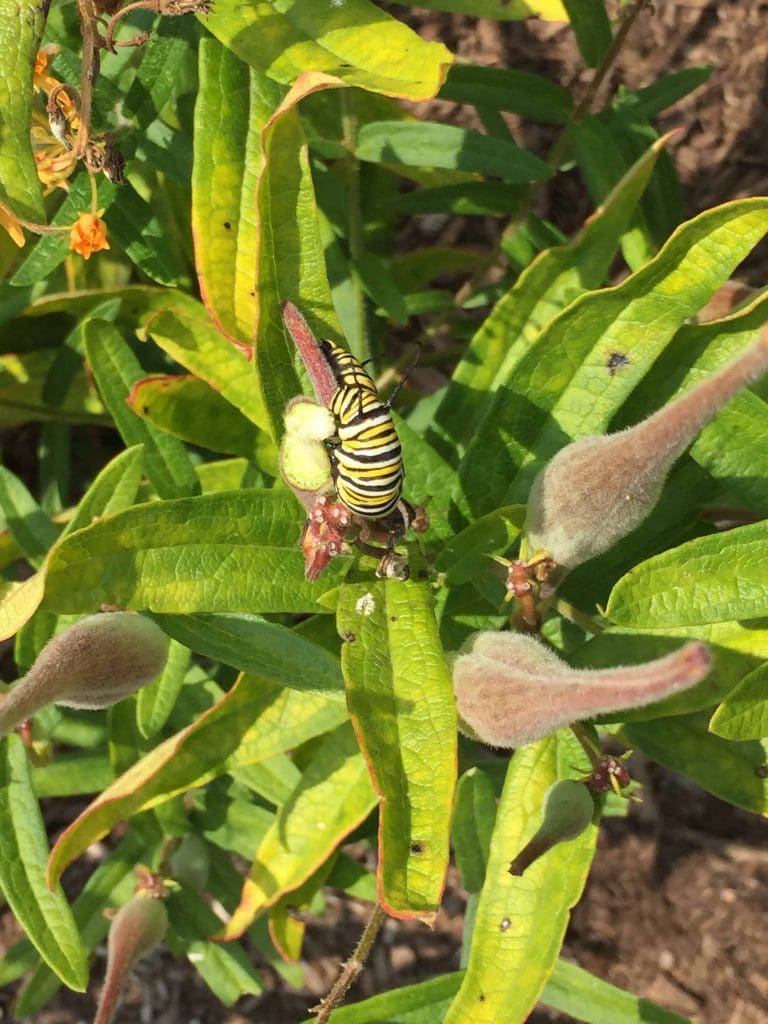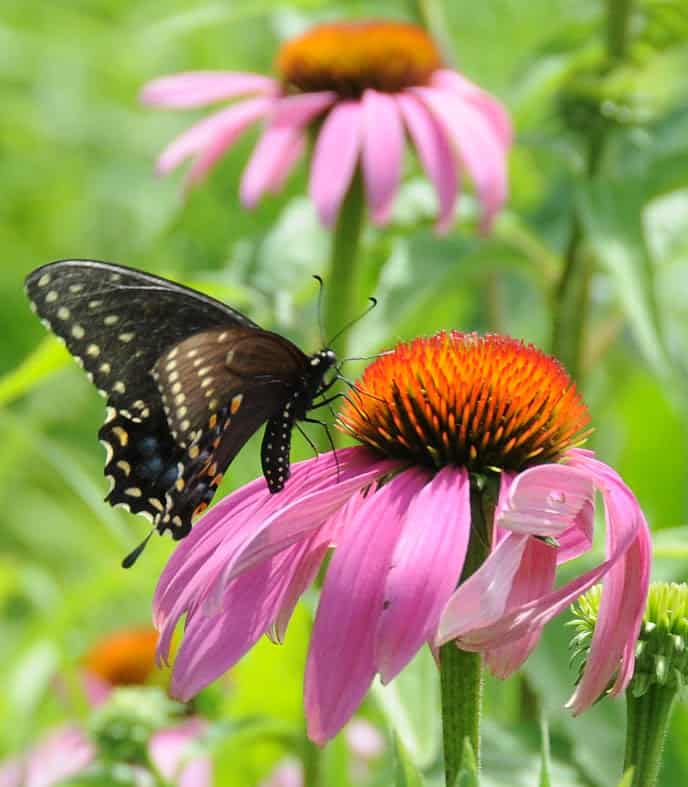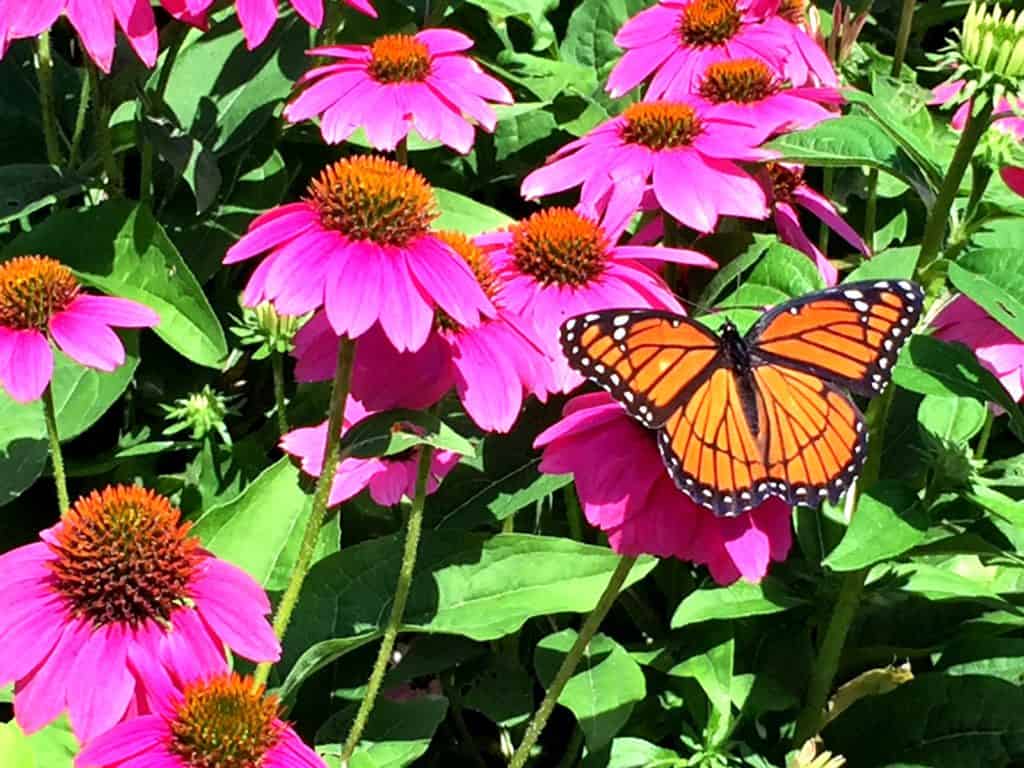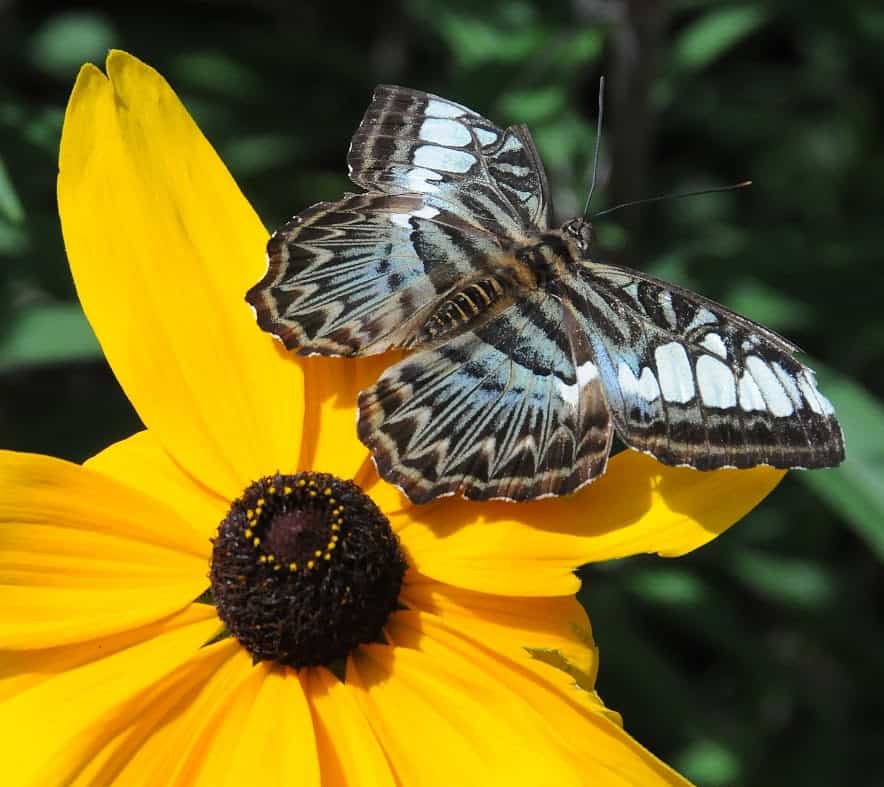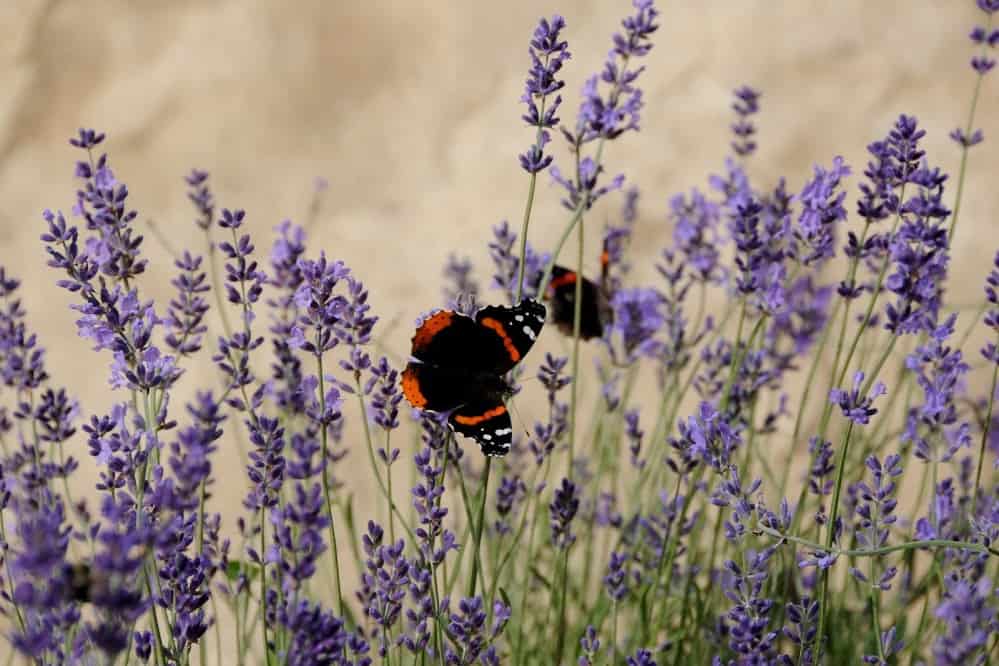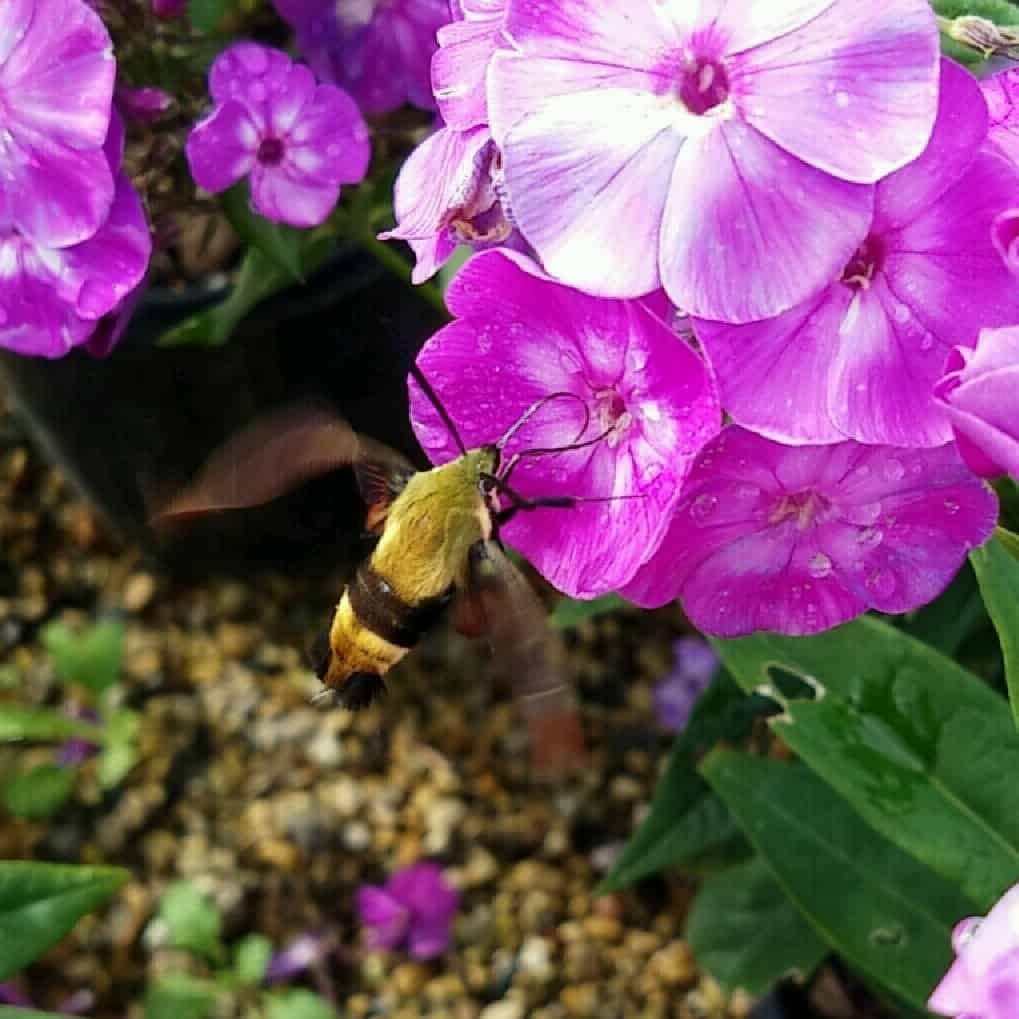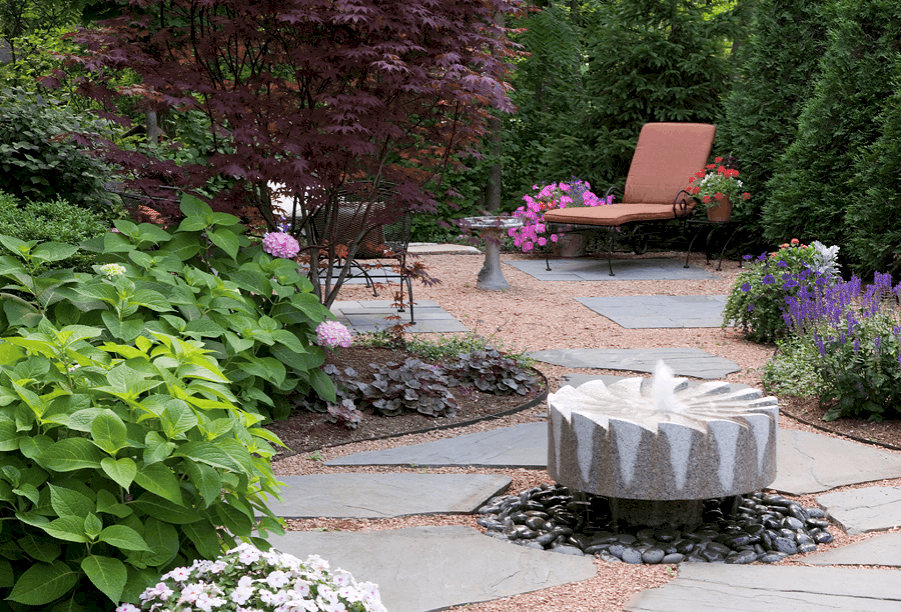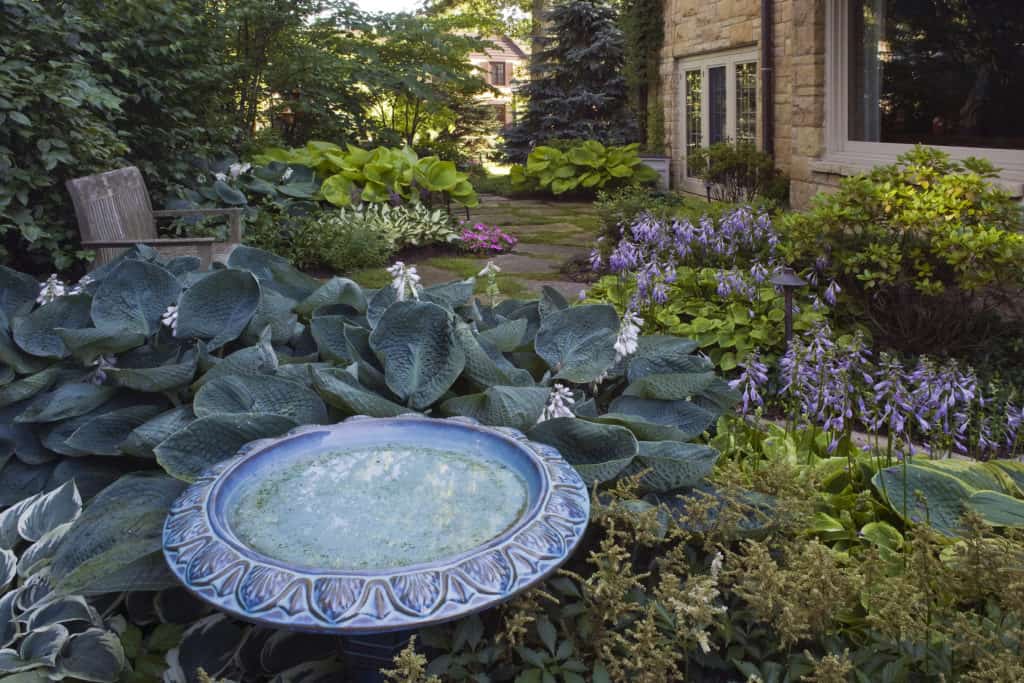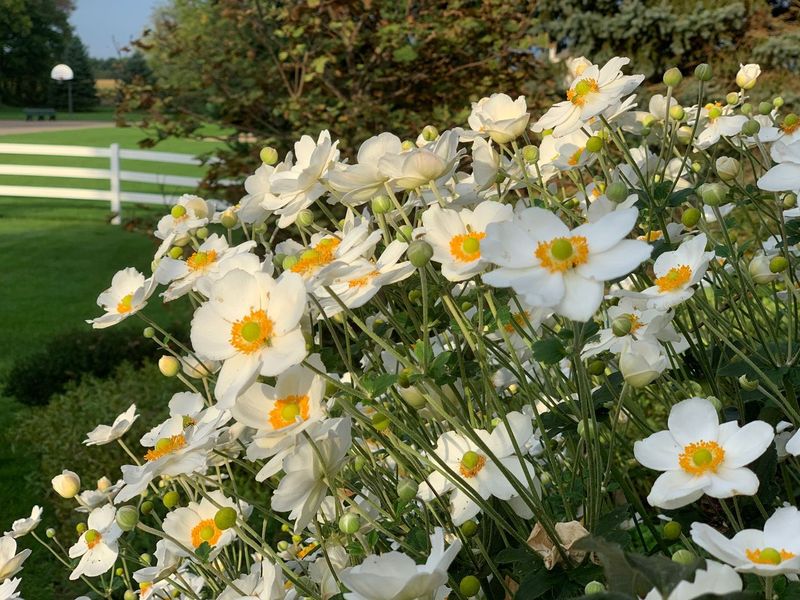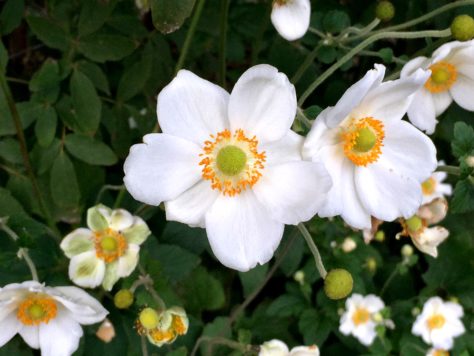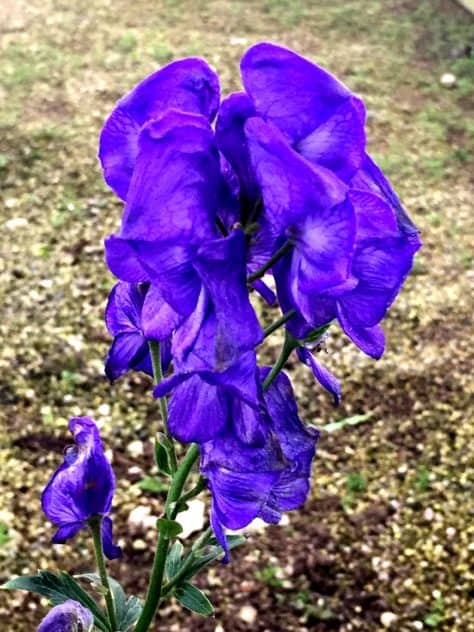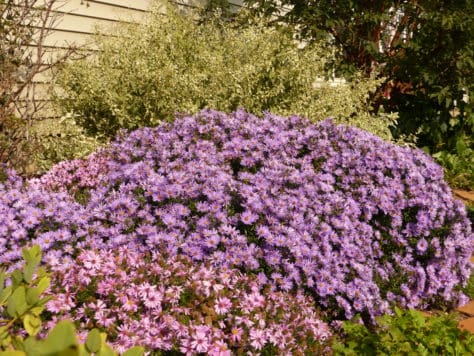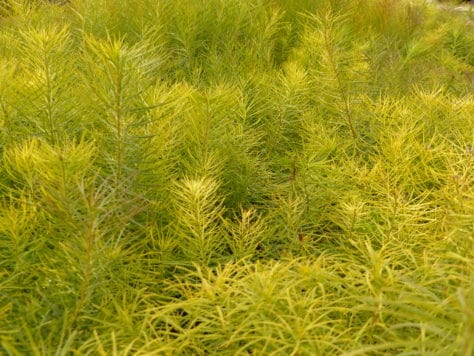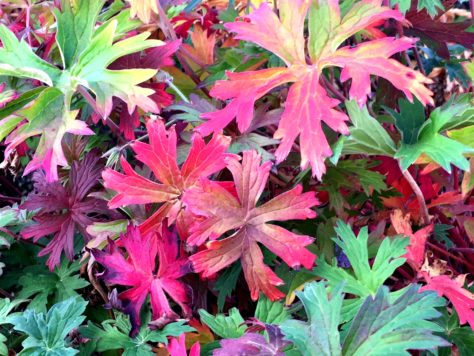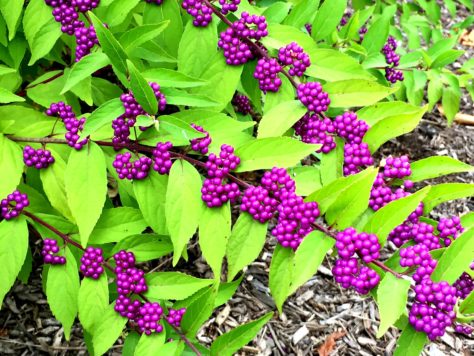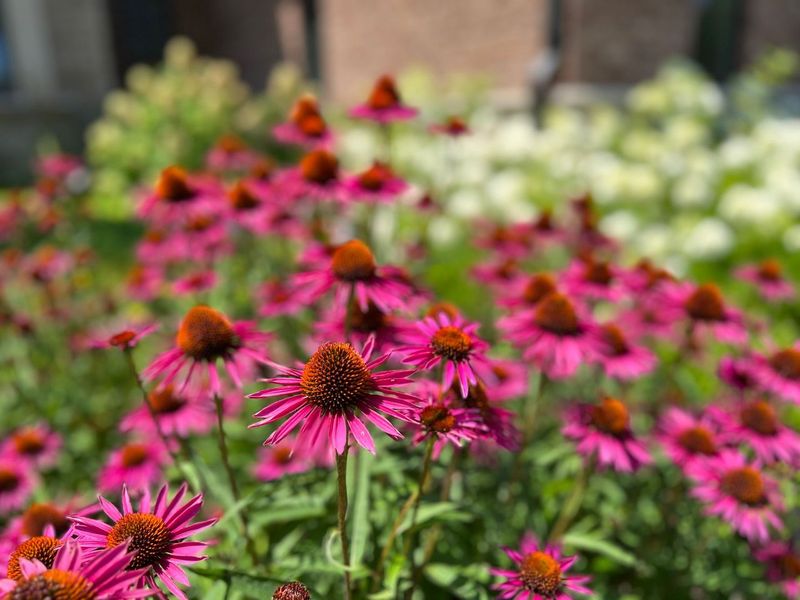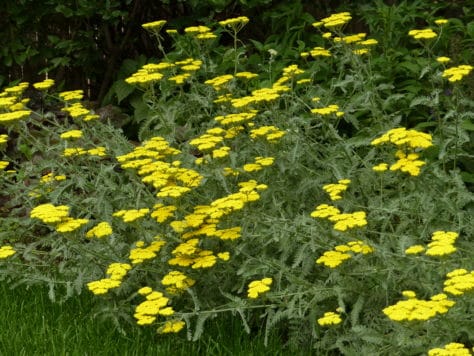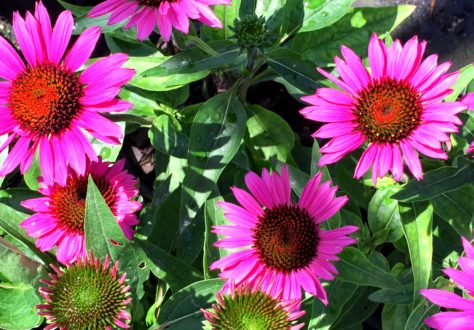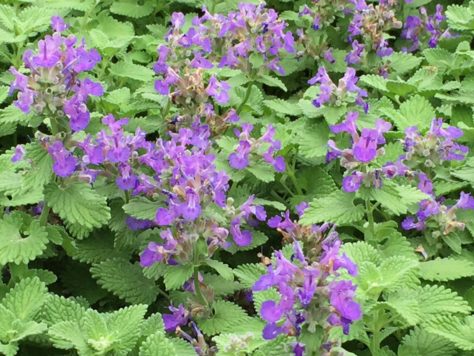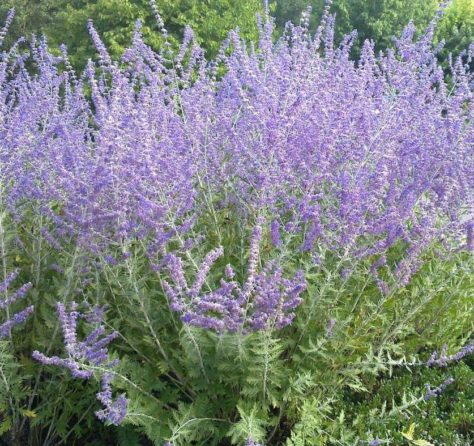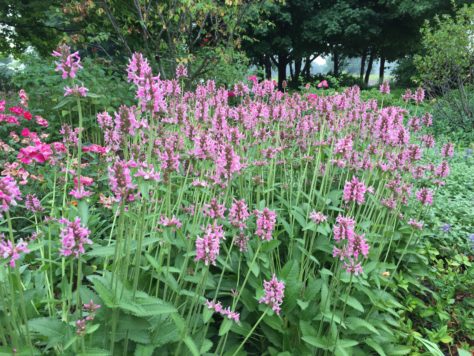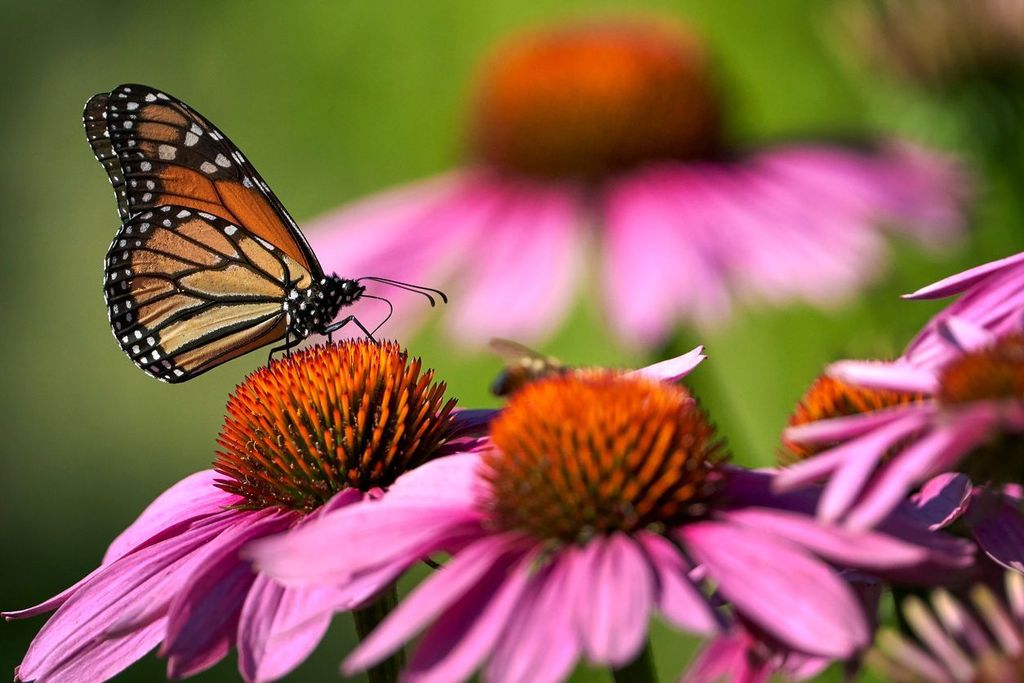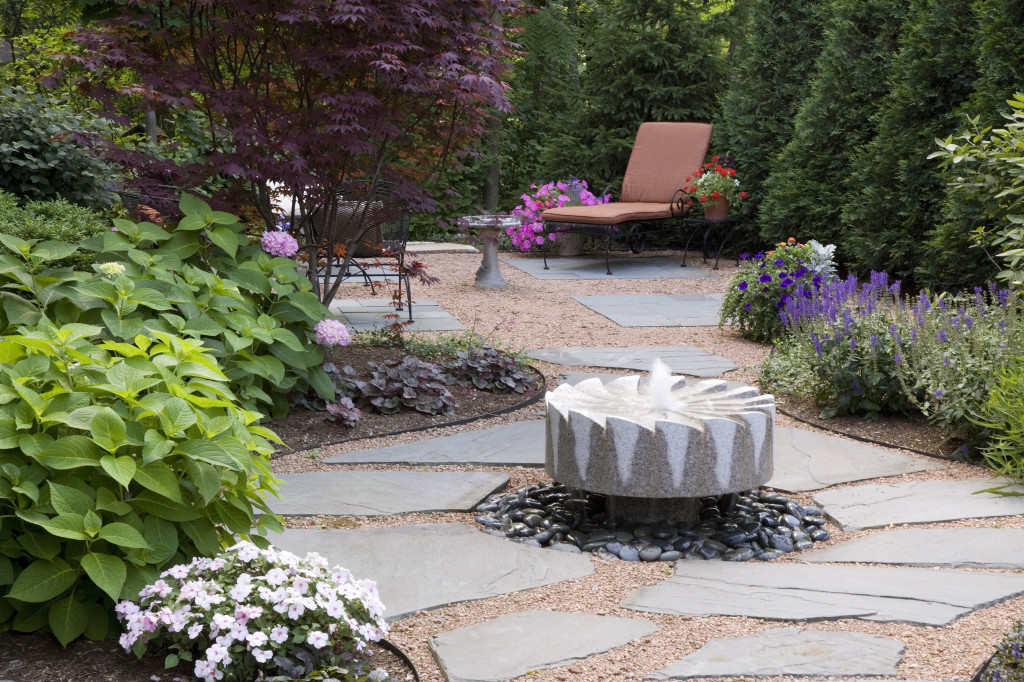Pollinators (butterflies, bees and birds) are very important to our environment. Without them many plants would not produce the end products we use. But they also bring a sense of calm and enjoyment to the garden. We all want that beautiful butterfly to come to our gardens, planting food sources for your inhabitants is a great way to get them to the garden. Here are a few great plants to include!
Asclepias tuberosa
If you want Monarch butterflies in your garden you must plant this plant (a main food source for the caterpillar)!
Echinacea spp.
Is great for summer bees and butterflies and a good seed source for birds in fall and winter!
Rudbeckia spp.
Is great for butterflies and bees and a seed source come fall and winter for the birds.
Lavender, Salvia and Nepeta
All have a similar type of flower loved by all nectar feeders!
Phlox spp.
This Phlox has a hummingbird moth visiting it!
These are just a few examples, there are many more excellent plants to include in your garden! Want us to create the perfect Butterfly garden for you? Contact us now!
Be sure to include some water sources for you wildlife and you’ll get that added bonus of tranquil water sounds in your garden. Butterflies and bee’s prefer water and rocks. While birds enjoy more open water.
Want to see more water features? Check them out here.
